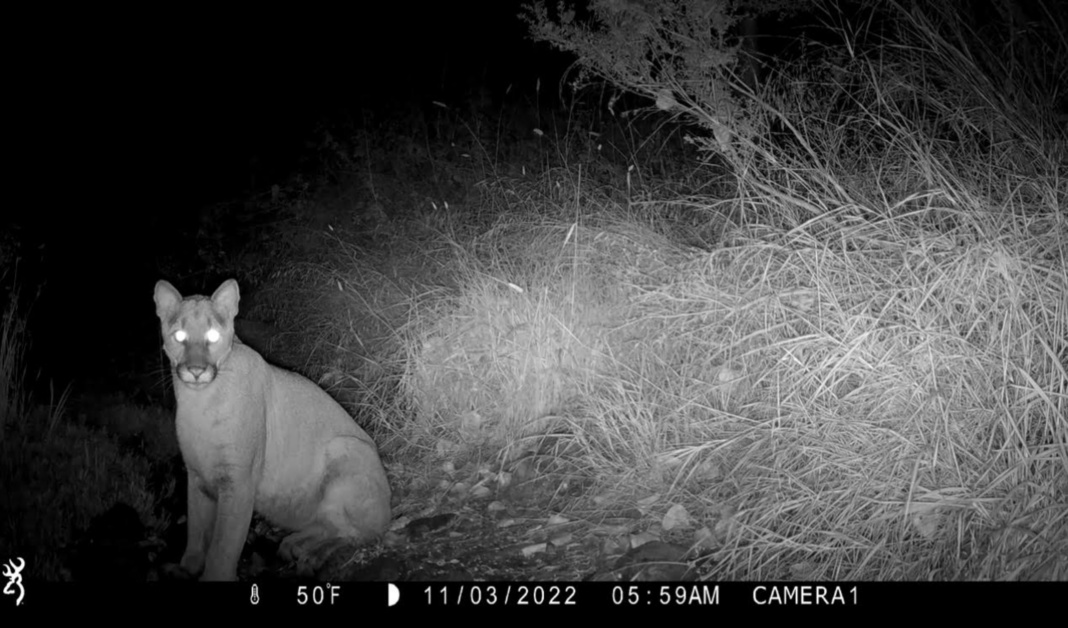Expanding an existing culvert will allow more wildlife to roam without using the road and endangering themselves and drivers.
Commuters along the U.S. Highway 101 through Gaviota are all too familiar with animals attempting to cross that stretch of road — a danger to both wildlife and drivers. An estimated 200 to 300 mammals of all sizes die in vehicle collisions there each year. In December, Caltrans and its nonprofit partners made a breakthrough in their progress to protect both drivers and wildlife when they received an award of $8 million in federal funding for a wildlife crossing.
In 2021, Caltrans conducted a wildlife corridor assessment in the area, identifying an existing culvert, located near a large number of the collisions, that could serve as a wildlife crossing. Larger wildlife such as mule deer have not been using this culvert, because it is too small. The project proposes expanding this culvert, as well as installing fencing in the nearby area, to direct wildlife to cross here.
“One of the questions that often is asked is how are the animals going to know to cross here?” says Candice Meneghin, executive director at Coastal Ranches Conservancy. “And that’s why the data from these studies is so important — you get an idea of where they are already crossing.”
The animals that will benefit from this crossing range from the smallest salamanders to large mammals like bears, mountain lions (also known as pumas), and mule deer. Environmental groups such as Los Padres Forest Watch, Gaviota Coast Conservancy, and Coastal Ranches Conservancy have partnered with Santa Barbara County and Caltrans to advance this project. There is not currently a completion date set, but the coalition will hold implementation meetings throughout 2024.
The $8 million funding is part of the Bipartisan Infrastructure Bill’s $350 million over five years for wildlife crossings. Because wildlife crossings are quite expensive, Meneghin says it will be essential to continue collaborating with nonprofit partners who can provide additional funding. The estimated total cost for this project is $10 million.
Vehicle collisions are not the only threat that highways pose to these species. “The biggest threat to [pumas] right now is genetic bottlenecking,” Meneghin says. “Giving them the ability to roam and have genetic diversity is essential, so that you get the population level resilience that you need in times of climate change,” Meneghin says. “And it’s not just pumas — they’re just a face for big megafauna — it’s for all wildlife to have that ability and that resilience in times of climate change.”
Ranchers in the area have shown willingness to support the effort, allowing researchers onto their properties. Meneghin says, “There’s certainly a buy-in for wanting to understand what’s happening on the landscape.”
While highways have disrupted animal habitats, crossings such as this are a step toward coexistence for humans and wildlife. By providing animals with the connectivity they need, everyone can have a safer commute.


